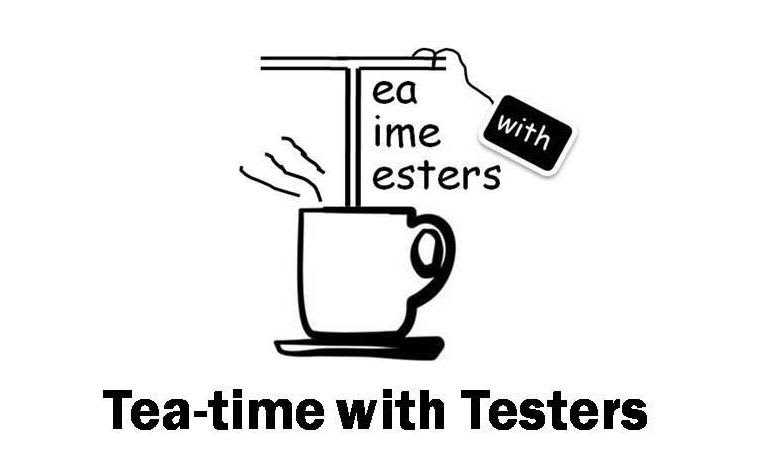If you feel that your testing team has a low level of interaction and motivation, it is time to introduce some activities that could help you to exchange knowledge, share experiences and strengthen the links between team members.
In this article, I will tell you about different activities that I introduced in my testing teams and how it went. Dedicating between 2 and 4 hours per month for this type of activities, you could get excellent results. We did it and we reach them. These techniques could be performed alone or in combination. It is important not to do them randomly. Previously, you have to analyze the needs of the team at that time.
Here are the activities we did:
Ice breakers: which are small and quick games with different goals such us learning each other’s names, finding out interesting things in common, helping people to begin new relationships with colleagues, etc. After performing an ice breaker people are more relax and have more predisposition to work together on a new activity. It is a good way to start a meeting, especially when there are many new people in the team or when the level of interaction between them is very low. One of the icebreakers that we perform was “Finding 10 things in common”.
Crowd testing: we did it on an ongoing Project. This activity consists of giving a short introduction to one of our current projects to the rest of the team. Then testers worked in small teams to test it. We try that each team has people with different seniorities and skills. It was an enriching experience because testers juniors learned from seniors and we also found bugs that the tester of the project never saw. This is not because the tester of this project has a bad performance. Sometimes we have blind spots because we are very accustomed to the application under test.
- Brainstorming session: which is a tool that greatly helps in creative processes. In the beginning, you will choose a topic to be debated, then you have to promote the generation of large amounts of ideas. All members of the team can make their contributions without censorship. The most important thing here is the quantity, not the quality of the ideas. When we have many, we can move to the next step. Now you can evaluate the quality of those ideas and decide which of them will be carried out. We use this technique for different purposes, for example, when someone has a problem and we want to help him or her to think solutions. We also use it to enrich the process of decision making by providing different points of view and making a better analysis of the alternatives.
- Role-playing sessions: we try the testers happen through everyday situations but in a controlled environment to practice how to respond. For example, when they have to negotiate testing estimations or automation needs. It will let them build confidence, gain experience and get feedback immediately. If you want, you can also record the sessions. It is a very good material for the person who is playing the role.
- Coding dojo: we introduced it to learn test automation tools. A Coding Dojo is a programming session based on a simple coding challenge. Originally, it was intended for development teams but we adapt it to test automation teams because in some way it implies developing scripts. The goal of a coding dojo is learning, teaching and improving something that could be a technique, a programming language, a framework, etc.
- Pecha kucha, lightning talks or courses: we use some meetings to share the knowledge that we learned. These training can be in different formats. The traditional one is a person who dictates a course but you can also introduce a session of short talks where each speaker briefly presents a topic that he or she has learned in the last time. Pecha-kucha and lightning talks are examples of this kind of format. Topics may be varied. It is not necessary to talk about testing. There are many different things to learn that you can apply to your daily work for example How to manage your time, Motivation or the 5S technique.
- Peer review sessions: we exchange people between projects to evaluate them and propose improvements. This will allow you to deploy good practices and learning from one project to another. If the company has a defined testing process, this activity will also allow you to detect deviations, to propose improvements to the process and to train people who do not know the defined process.
- Case analysis: we carry out this activity to analyze cases of success or failure and share the lessons learned. This activity can be done when you win or lose a business proposal or when a project is cancelled or when it successfully ends.
I hope you are encouraged to introduce these and other activities into your teams. Do not hesitate to share your doubts or experiences. Let’s transform our testing teams in funny, interactive and collaborative ones!

Nadia Soledad Cavalleri
International speaker | Youtuber | Testing specialist | Leader | Coach

